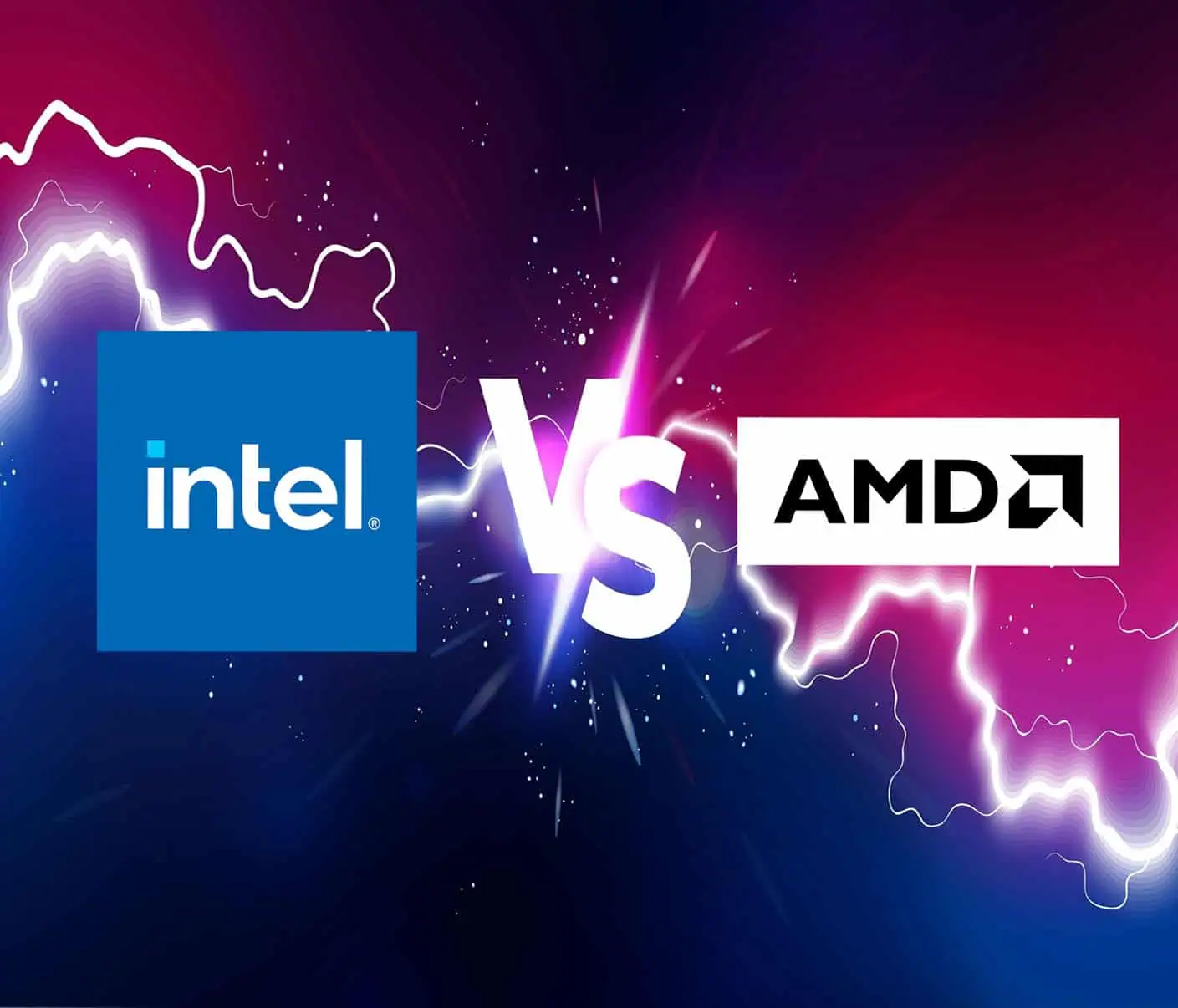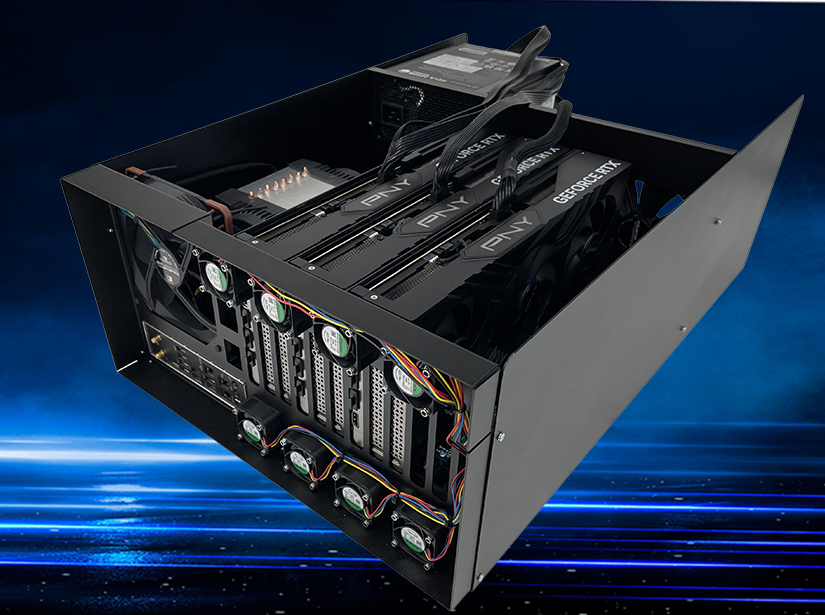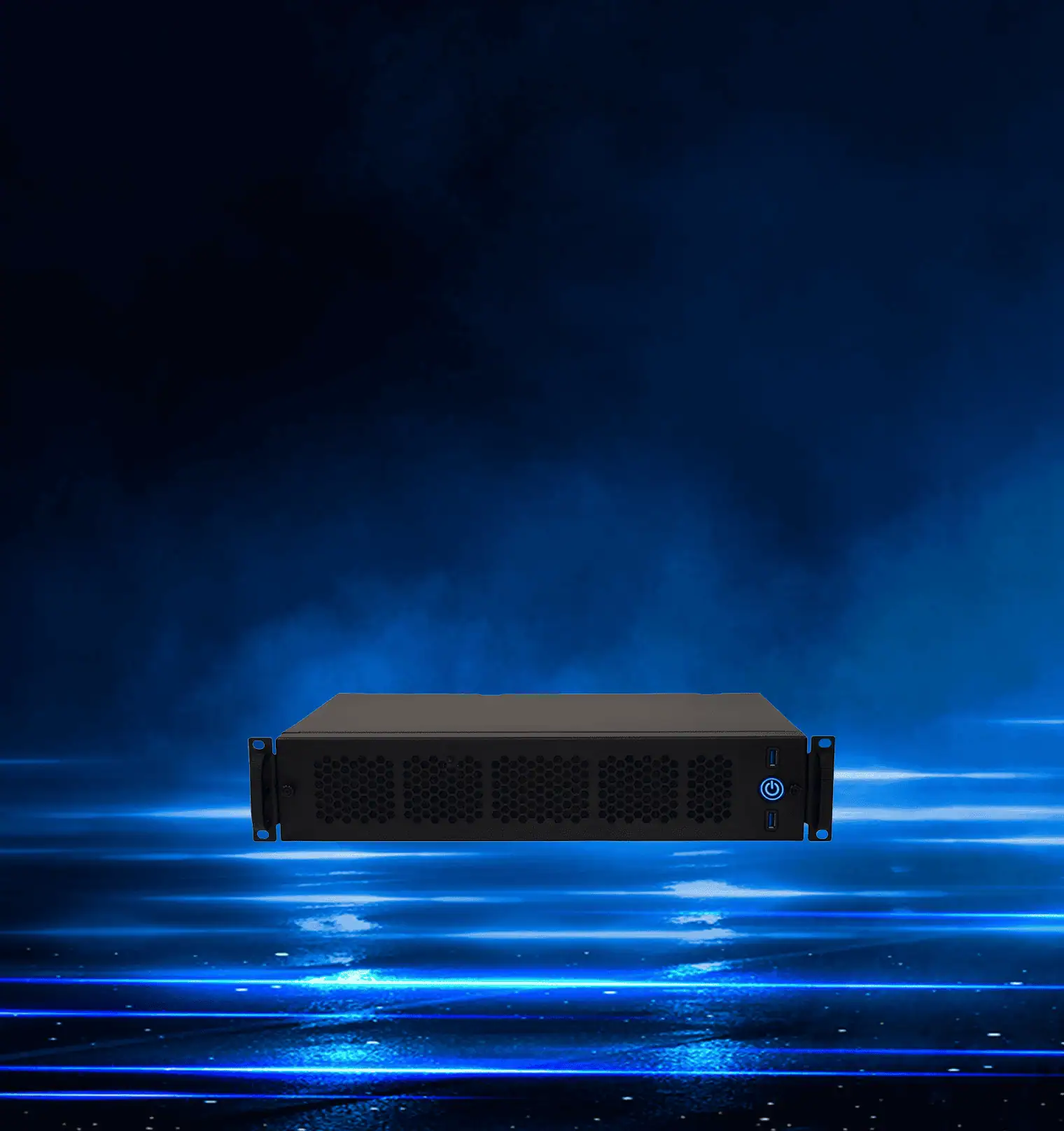For the sake of achieving a more cost-effective solution, it is often the case that the number of PCIe lanes available in given processors is largely overestimated. Importantly, the maximum number of available PCIe lanes varies with different series of chip – for example, Intel’s Desktop ‘i’ CPUs have a maximum of 16 PCIe lanes – so ultimately, the number of PCIe lanes on offer across the board on consumer grade CPUs just isn’t enough. Offering only 16 to 20 lanes at the very most, this would typically only enable you to connect only two graphics cards, which for larger, more complex applications doesn’t cut it.
The problem with PLX switchers
Most of the time, when an application requires more than one graphics card, users look for motherboards with lots of PCIe slots, but in these cases manufacturers will turn to a PLX switcher. PLX switchers supposedly resolve the issue by multiplexing the PCIe lanes, essentially switching lanes on and off as needed depending on where a device is detected, so you can use more. This can practically double the number of lanes ‘available’, which sounds ideal. The problem with this is that by constantly switching lanes, a bottleneck is created, which when running at high performance can slow things down considerably. So, while a PLX switcher may allow you to use more lanes, you won’t truly achieve the performance you need from your expansion cards.
The downside is, without a switch, every device needs its own dedicated connection to the CPU, so it’s easy to run out of available lanes very quickly. So, what’s the solution?
More lanes, more performance
The simple answer is that you need more lanes. It’s easy to settle for a lower grade CPU to keep costs down, but if it isn’t achieving everything required of it, there’s really no use in having it at all. By comparison, Intel’s Xeon and X299 workstation processors have a far larger number of PCIe lanes, which can generally be anywhere from 28 to 48 lanes – a vast improvement from consumer CPUs.
We recently demonstrated this to one of our customers, who needed 20 lanes of data to fit two high-performing graphics cards, as well as a 10GB Ethernet port on their motherboard. We rebuilt the unit to allow for their requirements which has now enabled them to plug in the two cards they needed ready for their application.
Do your research
When it comes to PCIe lanes, we would really recommend doing some thorough research into the CPUs you’re looking to invest in to get the most you possibly can out of them. This is especially important due to the fact that some companies now have a tendency to combine both the CPU and chipset PCIe lane counts to promote the highest number, which can be misleading. Just remember to be aware of what you’re buying into.
If you would like to better understand how to get the most out of your PCIe lanes, or need advice choosing the right chip for your machine get in touch with one of the team.








